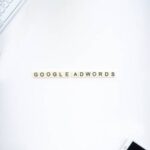Conversion rate (CVR) is an often misunderstood concept. A conversion happens when someone does the thing you tell them to do on a landing page. Subscribe, book a call, download a PDF, buy now, etc. And when people say “ad conversion,” it means the same thing—just clarifying that people are coming from an ad they clicked on and then doing what you wanted them to do on the landing page. Now, with that cleared up, let’s get right to really understanding what affects your conversion rate so that you can learn exactly how to increase ad conversion rate for your campaigns and achieve the results you want to see. We’ll also provide you with some real examples so you can see how it actually works.
Tactics to Improve Conversion Rate For Facebook & Google Ads
1. Change Your Messaging
Think about shaping your messaging like inviting someone into your living room to sit down on the couch and have a glass of water. “Hello, yes, you’re at the right address. Welcome! Come in, come in, make yourself at home. Go ahead and sit down, you must have walked a long way! Oh, you drove in? Still, the couch is probably more comfortable than a car. Can I get you some water? The temperature is just awful today; you look a little parched. Here you are, enjoy! It’ll help you refresh your energy levels.”
“Hello, yes, you’re at the right address.”
Right away, your landing page should reassure the user that they are in the right place. How do you do that? Speak directly to them and call them out. No really, say exactly who this landing page is for, and your audience will know that they’re in the right place. Ideally, your ad campaigns are going to a specific group of people, and your landing page is just a longer, blown-up version of your ad. When people click on your ad, you need to reinforce the notion that the landing page they get to is exactly where they should be.
“You must have walked a long way.” “The couch is more comfortable than a car.” “You must be parched.”
The second part of making the user feel comfortable is showing them that you understand their pain, or why they’re looking for help with marketing in the first place. In the living room example, we use their literal pain (soreness from walking, stiffness from sitting in the car, dehydration) to get them to do what we want them to do. To translate that to marketing, make sure there’s a section (or a consistent thread throughout the page) that addresses what your user wants. Maybe their competitors keep beating them to the punch, or they don’t have enough expertise in SEO to actually try to form a strategy. Whatever it is, part of your audience research should be digging into what makes people look for whatever your company has to offer.
“It’ll help you refresh your energy levels.”
What are you telling the people that you’re trying to reach? Why would they be interested in what you have to offer? This may sound harsh, but no one really cares about who you are or your core values or the history of your company. They care about what you can do for them. So, hone in on the outcomes for the user.
What does that mean? It means you shouldn’t say things like “I just love the taste of water; I drink 8 glasses every day” if you’re trying to get someone to accept a glass. For marketers, it shouldn’t be “we’re a premier SEO agency with over a decade of experience.” Who cares? Instead, try something like this: “We help businesses like yours get 50% more customers online with strategic SEO plans”. See the difference there? The first option was a not-so-hidden brag, which doesn’t tell the user anything of use, and is self-absorbed. The second option, however, tells the user exactly what they can get out of a partnership with the SEO agency. It makes a reader sit up and pay attention, because ooh! “Get more customers online”? That’s something they need.
Avoid falling into the trap of just listing out the great things you can offer, which we’ll call “benefits.” Benefits usually sound like this: “improved keyword rankings,” “customer engagement,” and even “increased ad conversion rate.” Well, depending on who you’re talking to, they may not even know what any of that means—which brings us back full circle to our point about outcomes. Frame your offers in a way that quickly shows how it can help the user and you’ll keep their attention. The landing page is all about them, not you.
***A note for advanced marketers: If you’re checking all these boxes—focusing on outcomes, talking directly to the user and their pain points, etc—and you’re still having trouble with conversions, you might be having issues with the language. Read your landing page copy out loud to yourself. Read it to a friend who doesn’t know anything about marketing. Does it sound like something a human would say? Or does it sound like AI wrote it? That could be what’s holding you back from converting.
2. Be Painfully Clear
Our note for advanced marketers is a perfect segue into our next tactic for increasing ad conversion rate. Isn’t it so annoying when you get to a landing page and you can’t for the life of you figure out what the page is even about? When there’s too much jargon, too many SAT words, or weird roundabout language that never actually gets to the point…it gets old really fast. People will hit the back button in under 3 seconds if it’s too confusing. So, just tell the user what you mean as if they’re a 5th grader. And not the smart kind, no offense to users worldwide. In fact, 54% of Americans are reading at below a 6th-grade level.
Bringing it back to marketing, let’s say you have an ad that tells people “Get more customers online with SEO.” After they click, the ad takes the user to a page that’s suddenly talking about “boost your keyword rankings! Increase impressions by 110%!” That’s going to make them feel like they took a wrong turn somewhere or that the link is broken, and they’ll lose interest. In the interest of clarity, whatever you say in your ad should also be what you say in your landing page. We can’t stress this enough—the user needs to feel like they are where they’re supposed to be. The line of continuity between ad and landing page should always remain unbroken.
3. Reposition Your Information
The most important section of your landing page is going to be the top part. Call it what you want: above the fold, before you scroll down, the hero section. That top section needs to tell the user exactly what the page is about and what you want them to do there. Don’t waste anyone’s time. If your page is about offering digital marketing services to healthcare businesses in the area, then your page header should say that with a “book a strategy session” button or other calls to action.
4. Don’t Expect Perfection on the First Try
You’ll twist yourself into knots if you wait until a landing page is perfect before putting it on the internet. Don’t even try. If your conversion rate isn’t what you want it to be, it could be a number of different factors slowing things down. We’ve already gone through a few: messaging, clarity, positioning, language. Maybe it’s your colors that are what’s putting people off. So play around, explore different options. Try jazzing up the header for one of your page’s forms. Instead of saying “contact us” you could try “hit us up!” And don’t be afraid to test out some of the riskier options.
An Example of an Improved Facebook Ads Conversion Rate
The old landing page:
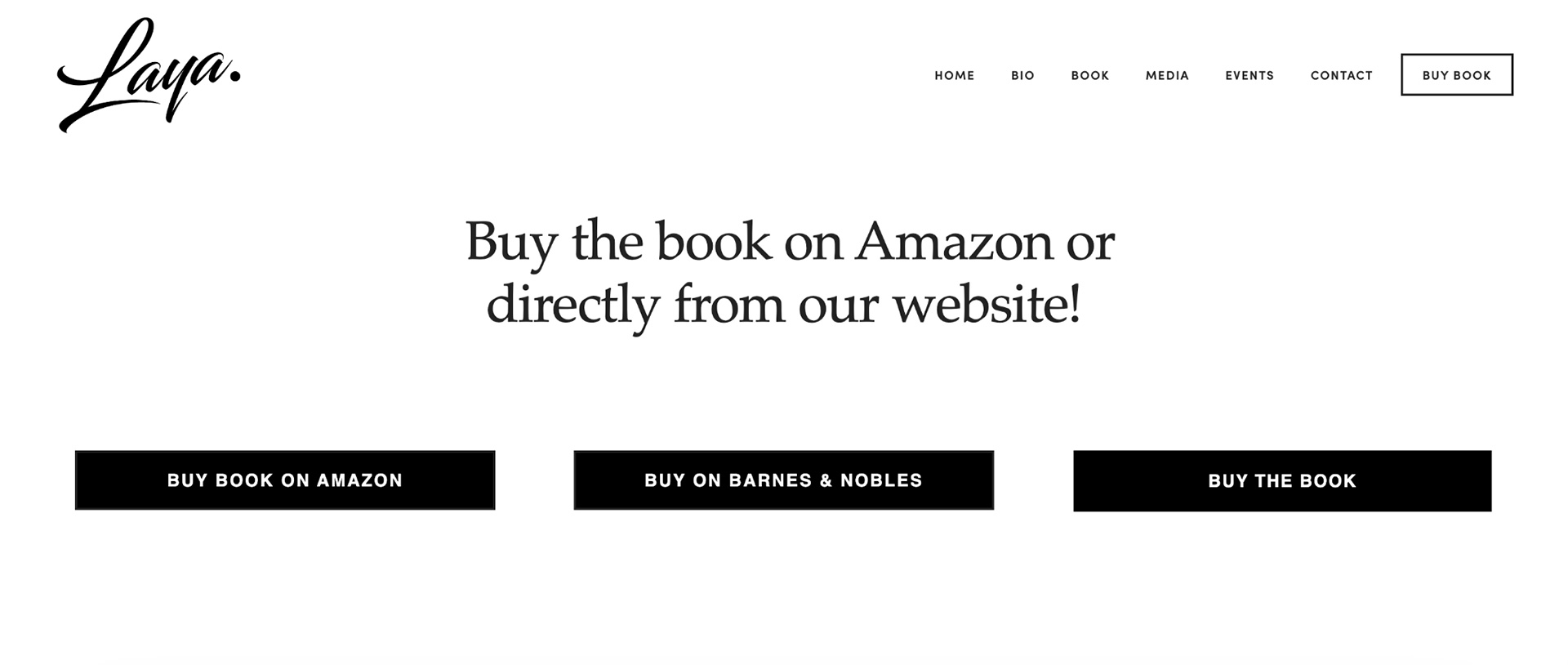
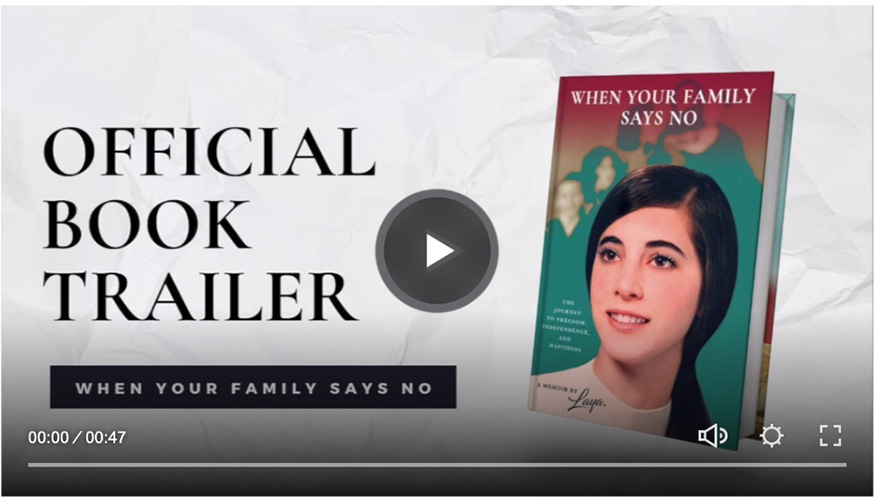
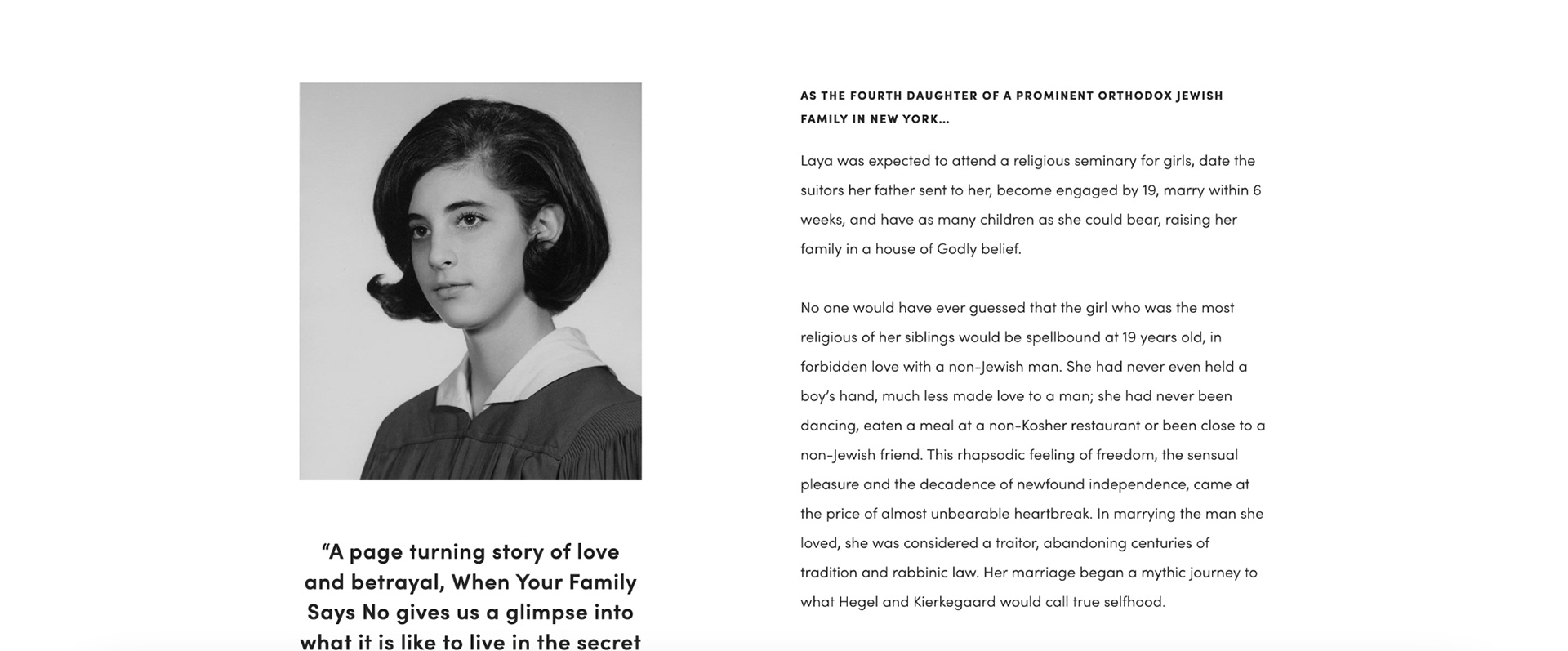

Here’s a challenge: figure out what’s wrong with the page above. Keep scrolling to find out what we changed—and if it matches up to what you noticed.
The new landing page (changes highlighted):
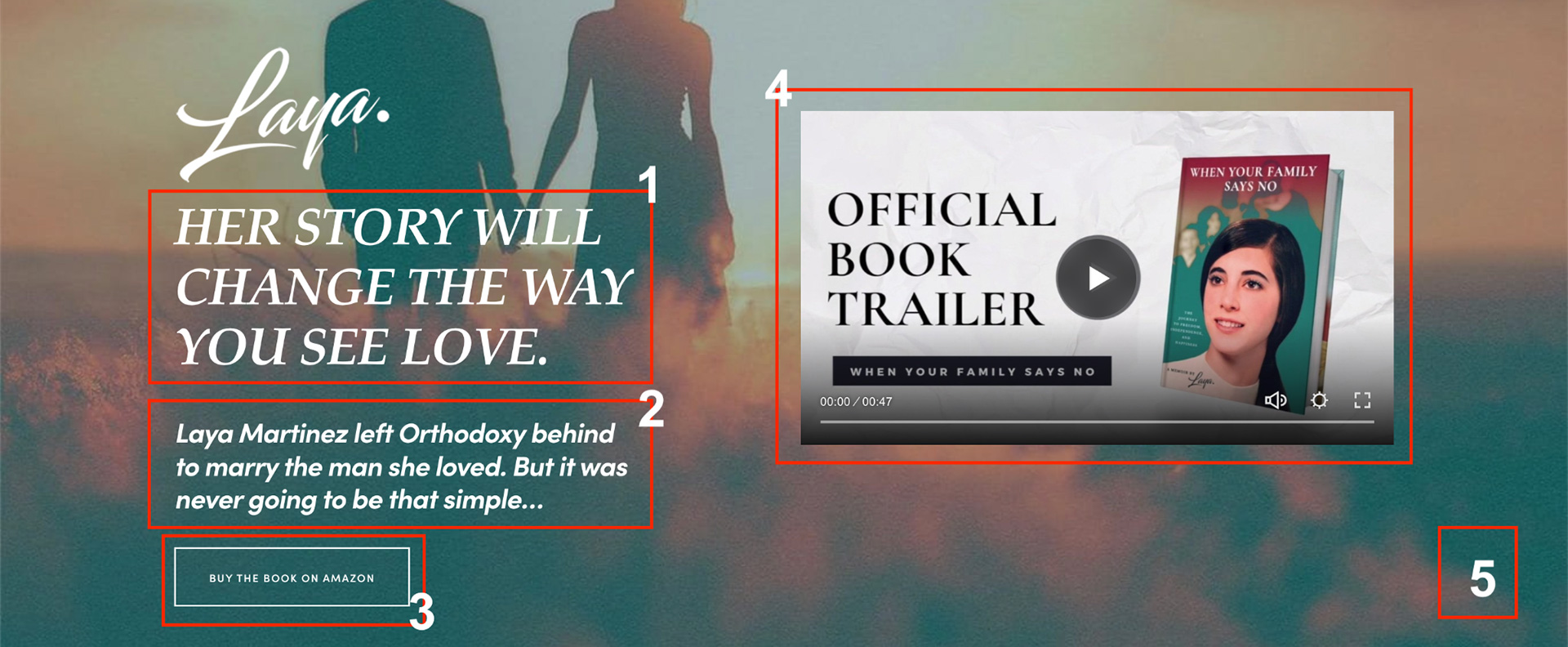
- We added an attractive headline that stirs audience interest in the product—indicating that reading this book will have a profound impact on them. It tells them WHY they should read this book, what the unique value of the book is.
- A short sub-headline to provide more detail about the plot of the story, with a slightly suspenseful ending that nudges the audience into clicking that button below.
- We clarified the CTA, removing the confusing 3 buttons from the old version. This makes for better tracking and tells the audience exactly what to do.
- We gathered all the important information in the top section, moving the video up to encourage people to watch it.
- The background image. A simple, but effective change. The previous blank white background was doing no favors, and was very forgettable. With this new image, people can get a sense of the story we’re advertising: it’s mainly a romance (which is one of the top-selling categories in books).

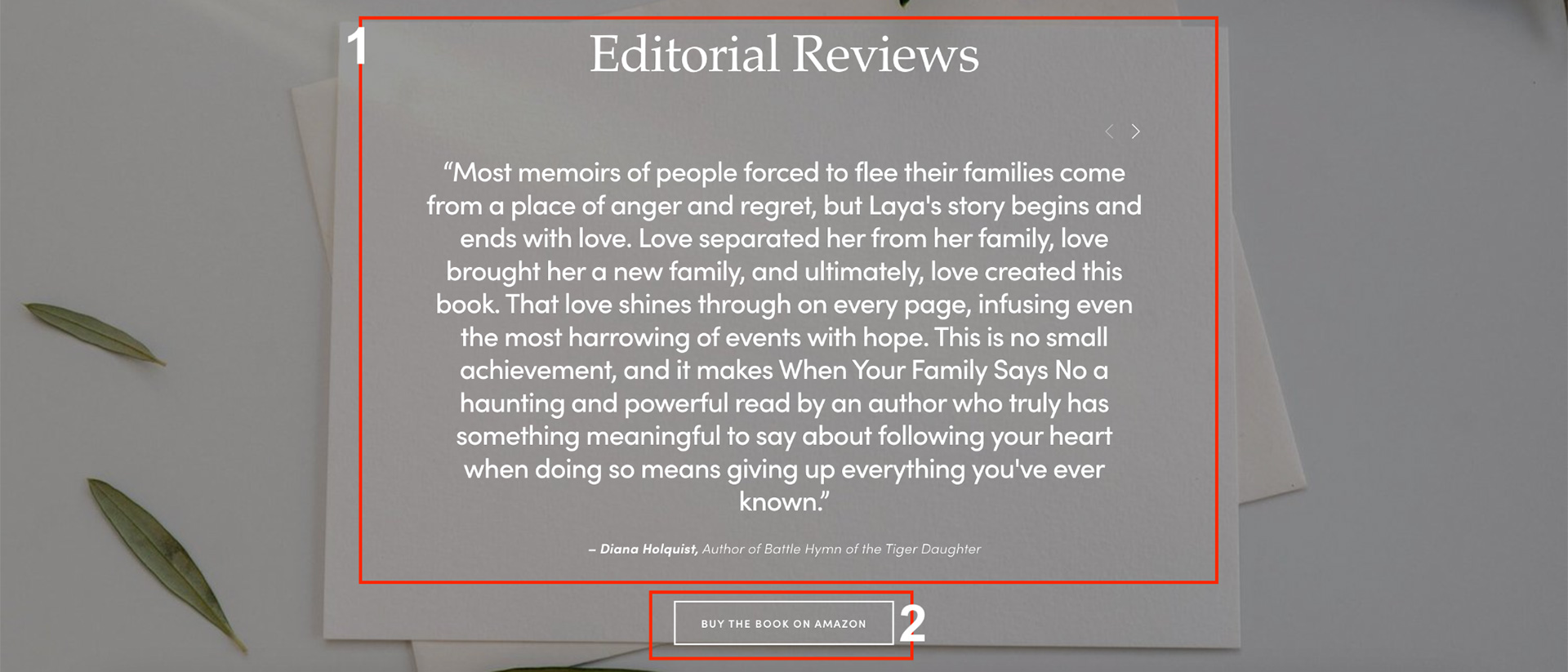
- We added more reviews! When people shop, they’re going to be looking at reviews 99% of the time. Having more reviews than just the one in the earlier section reinforces the author’s credibility and the book’s value. It shows that there are real people out there who read the book and enjoyed it.
- Reiterating the CTA is always a good idea. Not many people are convinced to buy right away, and need a little more persuasion. Reading a few good reviews might seal the deal, which makes the button placement very convenient so they don’t have to scroll all the way back up to the top of the page.
The results:

The conversion rate went from 12.56% to 33.51%. We can confidently say that the updates we made to this landing page contributed greatly to the conversion rate increase!
Google Ads Conversion Rate Optimization Strategy
We have a client in the nonprofit sector who wants to improve their Google ads conversion rate and increase overall sales and revenue. We’re going to outline our strategy here so you can see what the full conversion rate improvement process might look like.
Phase 1 – Optimization
Step 1:
Install the proper tracking. It’s easy to track the clicks on a checkout button, but in order to accurately calculate a landing page’s conversion rate, you need to figure out how many people are completing that checkout. What we’re doing, and what you can also do, is create a thank you page to track that final step in the user journey. The thank you page will load once the sale is complete, giving you a unique URL to track.
Step 2:
Keyword research. Depending on where you’re at (maybe you already have some keywords in use), it’s important to refine your keyword strategy and choose only the most relevant and clear keywords. Our client is a test prep company, so our keywords might be “GRE test prep” or “graduate school preparation,” targeting the people most likely to buy their classes.
Step 3:
Once keyword research is done, it’s time to implement it by separating campaigns into multiple segments. Having a different ad campaign for each keyword will help you further refine your keyword strategy, because you’ll be able to tell how much traffic is coming from each specific keyword. Running multiple campaigns like this is more complex to manage, but well worth the effort for the actionable data you’ll be able to gather.
Step 4:
Create custom landing pages tailored to different search queries related to your new campaigns. We’ll be showing different ads to different audiences, so of course, we’ll be matching our landing pages to those ads.
Step 5:
After putting all these steps in motion, we’ll take a month to monitor how the budget is being spent. The results will tell us how Google is spending the money, and help us craft our budget strategy.
Phase 2 – Testing
Step 1:
Our first test will be to offer a discount to see if that helps increase the conversion rate. Our client, the nonprofit, currently offers a course package valued at $600 for only $300. So, on our test landing page, we’ll list the price at $600 and offer a 50% discount (ending up at the same price in the end). The hope is that the large discount is a draw and encourages people to buy.
Step 2:
Another test we’ll run is an inbound marketing approach. We’ll put out a collection of valuable informational articles to catch people in the research phase of their buyer journey. Our client’s articles may look like this:
- “Do I Need to Take the GRE?
- “Choosing Between the GMAT and the GRE”
- “Graduate School Application Timeline”
- “Thinking About Grad School?”
Each article will have an individualized keyword plan intended to attract those who are interested but not ready to make the purchase just yet. This approach is, essentially, a brand awareness campaign. Someone who searches for “Do I Need to Take the GRE” might be thinking about grad school, find our article, bookmark it, and come back to our client when it’s actually time to prep for the GRE.
That’s the gist of it! If you’re trying something similar and you’d like assistance with your conversion rate strategy, feel free to reach out to us, and we’ll be happy to help.
What Ad Conversion Rate Goals Should You Set?
People who want to increase their ad conversion rate for either Google or Facebook ads often find themselves searching for “what is a good conversion rate for facebook ads,” or “what is a good conversion rate for google ads,” or “good instagram ad conversion rate.” And there are so many sources on the internet that claim to offer answers with “industry standards” or average conversion rates for Google and Facebook ads. Truth is, there is no “average” of it all. There are so many factors that can affect your conversion rate, including but not limited to:
- How warm or cold your target audience is (aka if they’ve heard of you before or not)
- The size of your audience
- How good your actual ad creative is (your image, video, etc)
- The messaging
- How long your ad is running
***Regarding the last point about time frame: the difference between an ad campaign that runs for 2 days vs 2 weeks will be greater than the difference between an ad campaign that runs for 2 weeks vs 2 months.
So, don’t set your goals according to so-called market research. You may end up with something unrealistic and unsuited for your particular ad campaign. A better starting point would be to look at your own data (present and previous) and set your goals according to that.
Wrapping it Up
Well, we’ve certainly covered a lot of ground in this article, so let’s recap.
Increasing your ad conversion rate hinges on improving the landing page associated with the ad. Try doing these things:
- Change what you’re saying on the page (telling people what they get, not what you give)
- Change how you’re communicating that information (being crystal clear and easy to understand)
- Change where you’re putting your information (all the important stuff goes at the very top)
- Experiment with the changes and see how people respond (do this multiple times, adjusting different parts of the page)
Making at least one of those changes will boost your chances at increasing your conversion rate and ultimately strengthen your digital marketing. Best of luck with your landing pages!
Want to learn more about advanced marketing techniques? See what the experts at Make Your Mark have to say here in our blog.
Is it time to consult a professional to help get your ad conversion rate numbers up? Reach out to us to schedule a strategy session.
